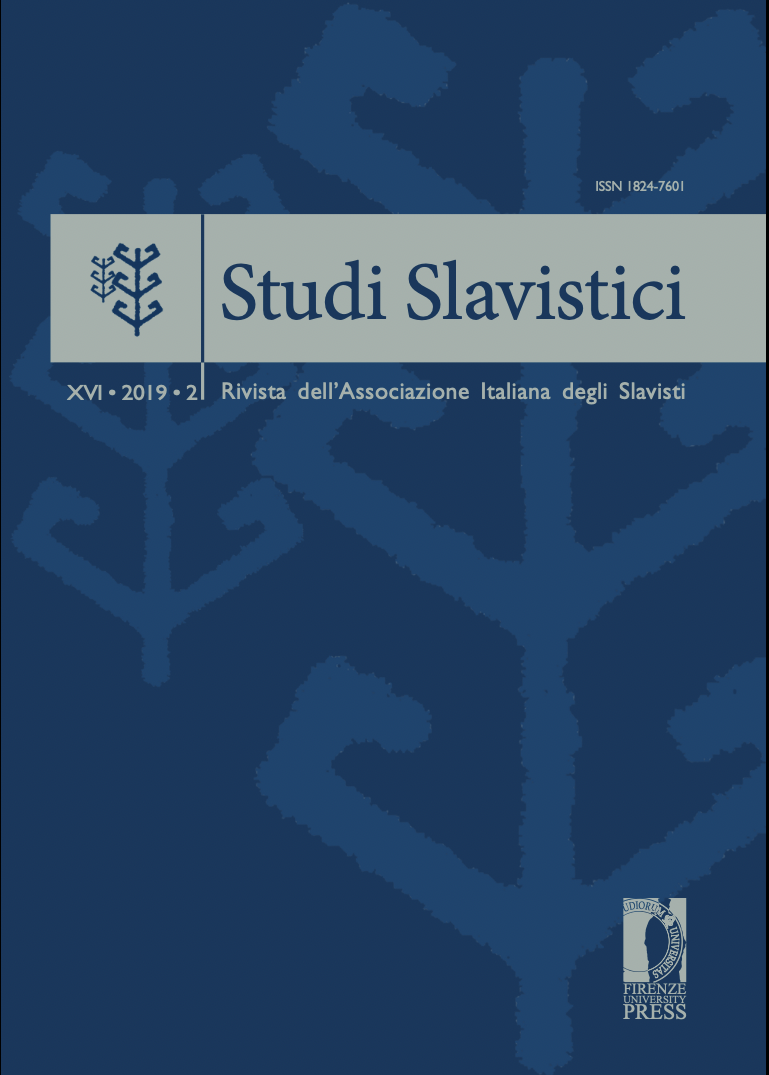Abstract
The apprehensive meaning (“anxiety about a possible undesirable situation”) is expressed in various ways in the world’s many languages. This paper compares how this meaning Is expressed in two Slavic languages, namely: Russian and Bulgarian. In Russian the apprehensive is considered to be primarily marked by the kak by ne construction (Dobrušina 2006). Some non-specific forms and locutions are also employed to convey this meaning.This paper mainly focuses on how the apprehensive meaning is expressed in the Bulgarian language. It is argued that Bulgarian has a special marker of the apprehensive: the compound particle da ne bi. The paper points out that in dependent clauses the da ne bi structure is always the marker of the apprehensive, while in independent utterances it is also vested with other modal functions.
The parallel Russian-Bulgarian corpus has been used as the source for an adjusted list of the Russian correspondences for the Bulgarian marker da ne bi. The corpus-based approach yielded an extensive range of means of expression of the apprehensive in Russian. On the other hand, the syntactic constraints on the use of the Bulgarian da ne bi drastically limit the usage of this Bulgarian apprehensive marker as the means of rendering the Russian kak by ne construction in translation.


